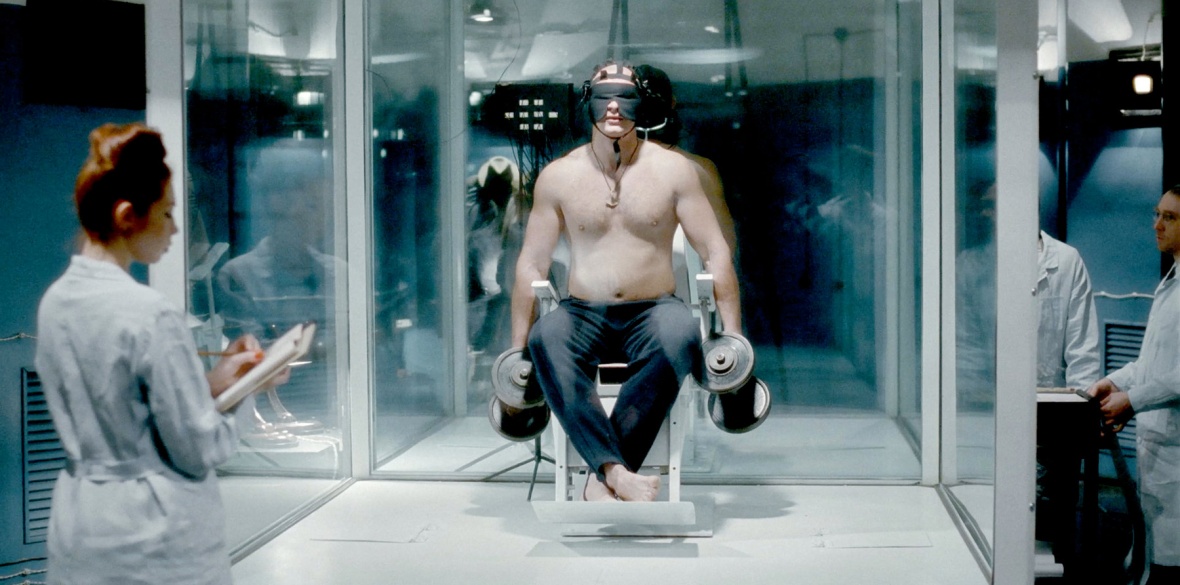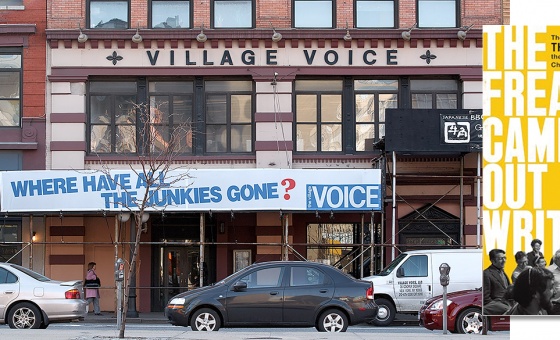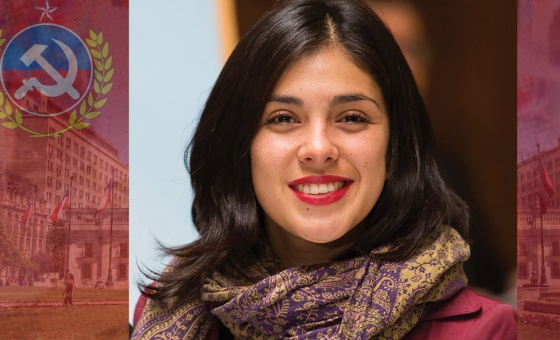This is the last article you can read this month
You can read more article this month
You can read more articles this month
Sorry your limit is up for this month
Reset on:
Please help support the Morning Star by subscribing here
Dau
Directed by Ilya Khrzhanovsky
IN CHARLIE KAUFMAN'S 2009 film Synecdoche, New York, theatre director Caden Cotard uses his grant from the MacArthur Fellowship to create a play that is as authentic as possible.
He recreates his environs in a warehouse and employs actors to play the various characters in his life until the lines between it and artifice inevitably blur. In the grounds of an abandoned swimming pool in the Ukrainian city of Kharkiv, Ilya Khrzhanovsky carried out this experiment for real.
Originally conceived as a biopic of esteemed Soviet physicist Lev Landau, Krhzhanovsky’s second feature started production in 2006 before soon metastasising into a sprawling conceptual work of gargantuan proportions.
Landau was renamed Dau and a working secretive Soviet laboratory was set up under his name, peopled by real-life scientists and artists. Now, edited out of three years of shooting, at least 14 films are being released incrementally online.
During a global lockdown, a project made in hermetic isolation is finally getting its literally captive audience.
In the first two films, history impinges little on the events entirely contained within Dau’s flat. In one, an old flame comes to visit and the other sees the mother of Dau’s wife arrive to inspect her daughter’s new married life.
These instalments are supple and richly drawn character studies, filmed handheld in what becomes a characteristic cinema-verite style, portraying the sufferings of these women in a stifling patriarchal culture.
In contrast to these domestic dramas, the Degeneration instalment, clocking in at a mammoth six hours, takes on a more polemical mode, with a voiceover gnomically pronouncing that communism is a messianic religion.
Set in 1968, the lab is engaged in trying to create the perfect human against the backdrop of endless raucous apartment parties, much to the chagrin of security staff. Things take an ominous turn when they invite neonazi test subjects, dubiously played by real skinheads, to staunch the entropic decline.
They are finally commanded to destroy the institute and its residents, making for a gruesome apocalyptic finale. Given the careful fidelity to historical detail, the transplanting of white supremacist agitators seems at odds with the project’s pretences of naturalism.
A universal trope of the films is the arrival of a visitor, prompting a tour of the facilities, a device that sometimes feels as if it’s constantly being employed to show viewers the vast scale of the project and its meticulous reconstruction of the Soviet aesthetic.
What prevents this from simply being an impressive simulacrum of Soviet kitsch is its refusal to flinch from confronting the more unsavoury elements of everyday life in the USSR.
Yet, in many respects, Dau is a fitting tribute to modernist Soviet projects of the era such as the Palace of the Soviets. Its construction, begun before WWII, would have been a towering monument to the promethean imagination.
It remained only a blueprint, too unwieldy to be translated to reality, and its foundations were eventually converted into a swimming pool in 1958, under the shadow of a promise never fulfilled.
Dau is available on dau.com.










